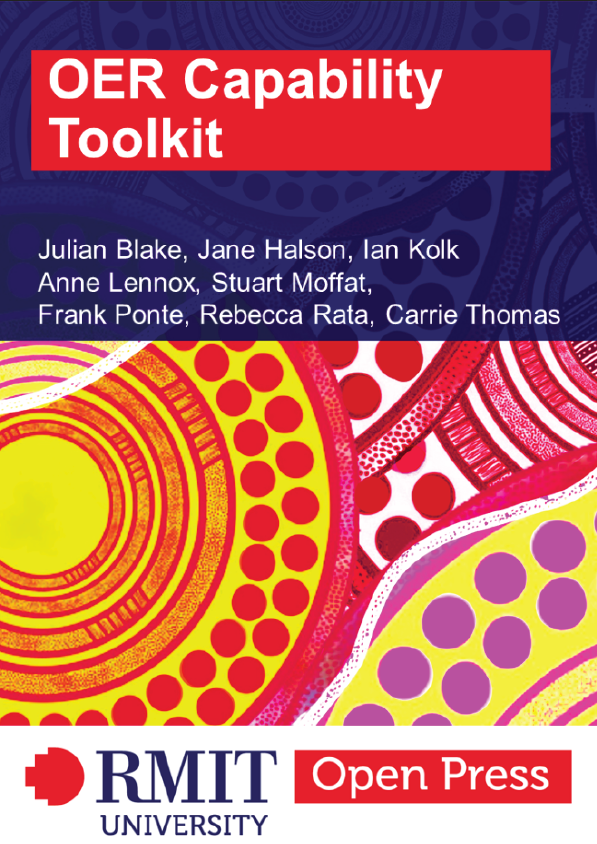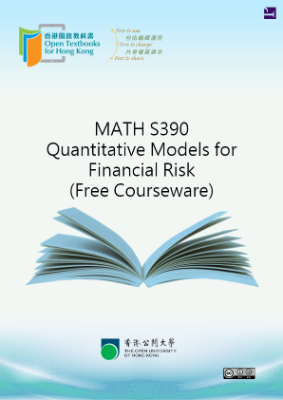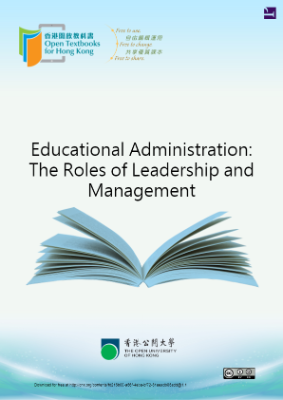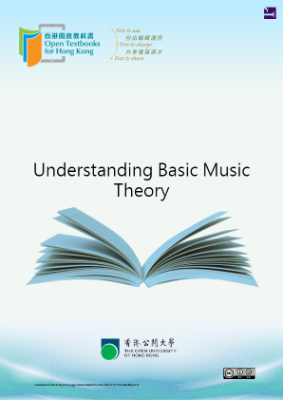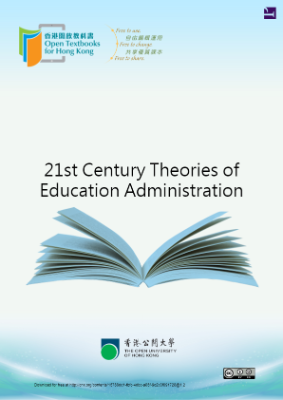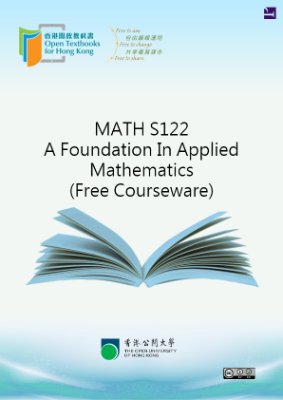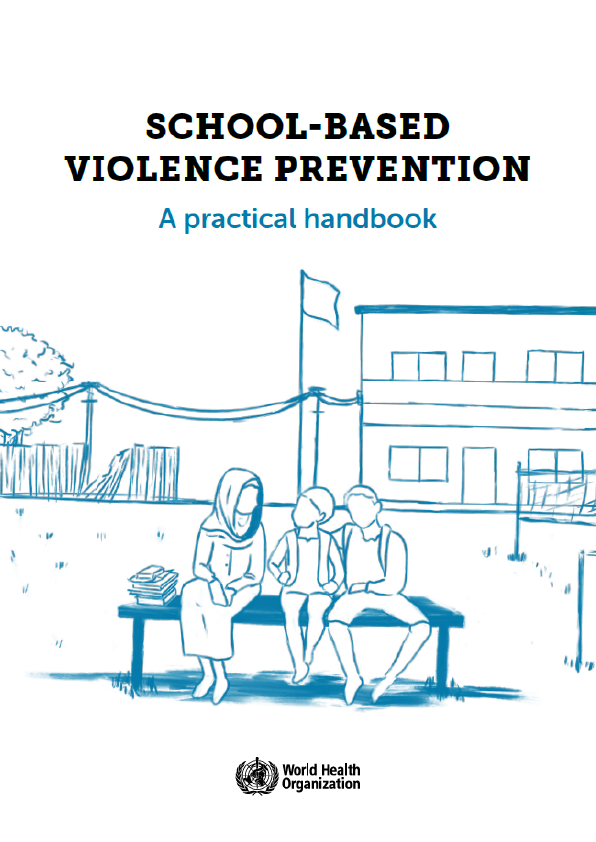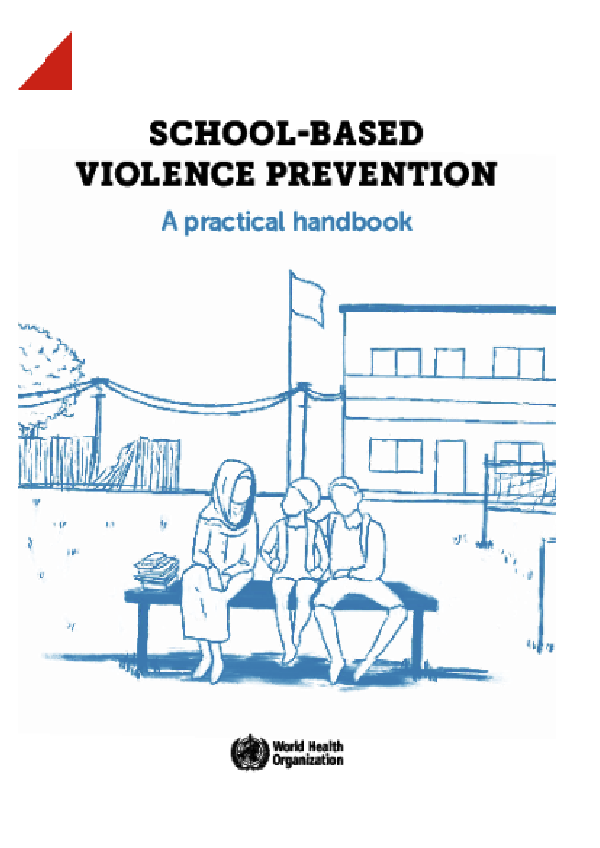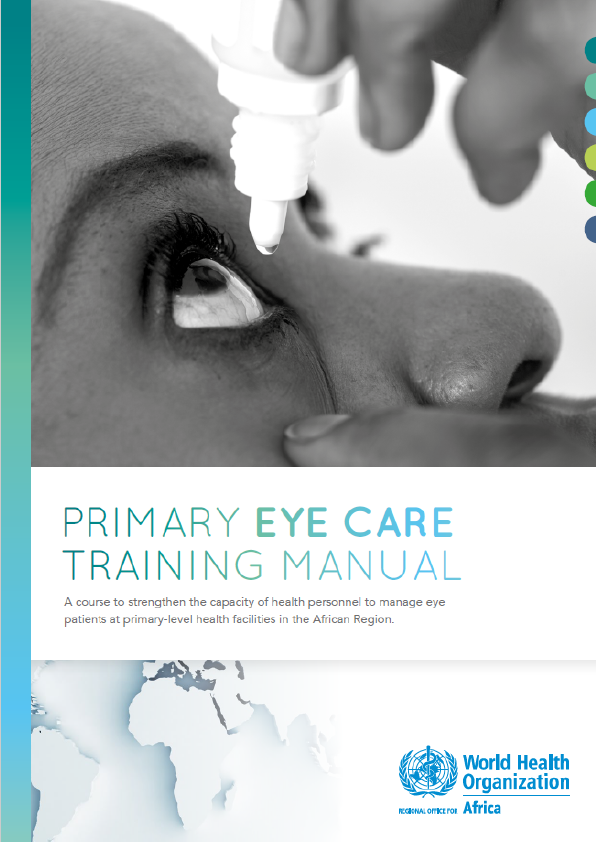In Aboriginal and Torres Strait Islander culture it is respectful to formally womin djeka (welcome) people to Aboriginal and Torres Strait Islander country or land. At RMIT we do this with the following acknowledgement:
“We would like to acknowledge Wurundjeri people of the Kulin Nations as the Traditional Owners of the land on which the University stands. We respectfully recognise Elders past, present and future.”
At RMIT we recognise and respect the unique culture and contribution that Aboriginal and Torres Strait Islander people bring to our communities. We are also proud to provide study, cultural, & personal support to our Aboriginal & Torres Strait Islander students in their learning journey. We womin djeka you to further explore and experience more about Australian Indigenous culture by visiting our Indigenous education centre – Ngarara Willim Centre and interacting with our Aboriginal and Torres Strait Islander staff and students.
Accessibility statement
RMIT University supports the creation of free, open, and accessible educational resources. We are actively committed to increasing the accessibility and usability of the textbooks and support resources we produce.
Accessibility features of the web version of this resource
The web version of this resource has been designed with accessibility in mind and incorporates the following features:
- It has been optimised for people who use screen reading technology.
- All content can be navigated using a keyboard.
- Links, headings, and tables are formatted to work with screen readers.
- Images have alt tags.
- Information is not conveyed by colour alone.
Open pedagogy and the role co-creation plays in open educational practice
Open pedagogy as a philosophical approach to teaching goes back to the 1970s, encompassing themes of reduced educational formality; student co-creation of content; trusting learners to determine their own needs and learn by exploring; and intellectual equality of students and teachers.
OER and the 5Rs
OER are essential building blocks for open education. Creative Commons defines open educational resources as “teaching, learning, and research materials that are either (a) in the public domain or (b) licensed in a manner that provides everyone with free and perpetual permission to engage in the 5R activities”.
They can include resources such as textbooks, slide sets, lecture notes, courseware, learning modules, open access journals, online tutorials, digital learning objects, streaming videos, problem sets and assignments.
The 5Rs are the key characteristics essential to creating and using OER:
Teachers can use OER to complement existing curriculum resources. This gives them greater freedom as they can select and customise materials to suit the specific needs of their students and their learning goals. For example, teachers can:
- Save time and energy by adapting or revising resources that have already been created
- Tailor resources to fit specific context within your courses and research
- Expand interdisciplinary teaching by integrating resources from multiple fields
- Increase access to educational resources that have been peer-reviewed by other experts
- Include reviews and annotations that provide more in-depth knowledge of the resource
Promote collaboration on creating new resources that can be used within or across disciplines.
For students, using OER can expose them to a wider range of digital learning opportunities in the form of open texts, open images, open courseware and self-assessment tools, and can reduce the cost of study by removing financial burden. Further to this, OER benefit students by:
- Enabling equal access to course materials for all students
- Providing students with the opportunity to explore course content fully before enrolling
